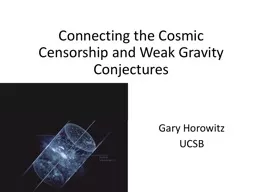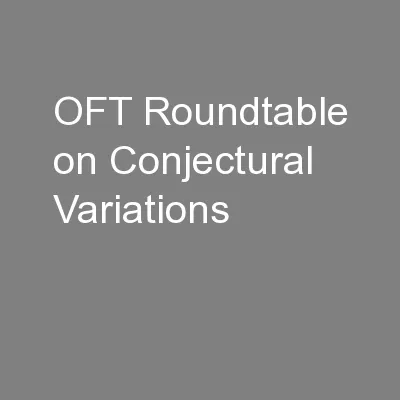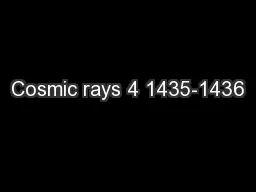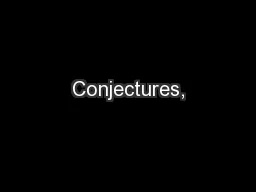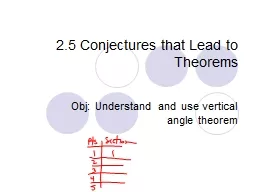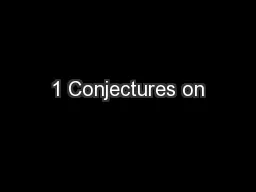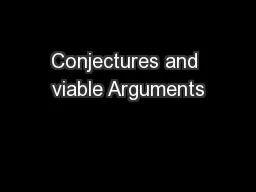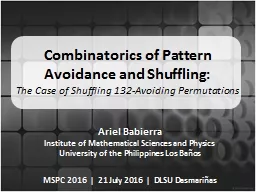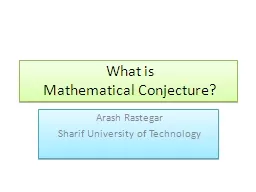PPT-Connecting the Cosmic Censorship and Weak Gravity Conjectures
Author : natalia-silvester | Published Date : 2019-06-26
Gary Horowitz UCSB Weak Cosmic Censorship Generic smooth initial data cannot evolve to regions of arbitrarily large curvature that are visible to distant observers
Presentation Embed Code
Download Presentation
Download Presentation The PPT/PDF document "Connecting the Cosmic Censorship and Wea..." is the property of its rightful owner. Permission is granted to download and print the materials on this website for personal, non-commercial use only, and to display it on your personal computer provided you do not modify the materials and that you retain all copyright notices contained in the materials. By downloading content from our website, you accept the terms of this agreement.
Connecting the Cosmic Censorship and Weak Gravity Conjectures: Transcript
Download Rules Of Document
"Connecting the Cosmic Censorship and Weak Gravity Conjectures"The content belongs to its owner. You may download and print it for personal use, without modification, and keep all copyright notices. By downloading, you agree to these terms.
Related Documents

